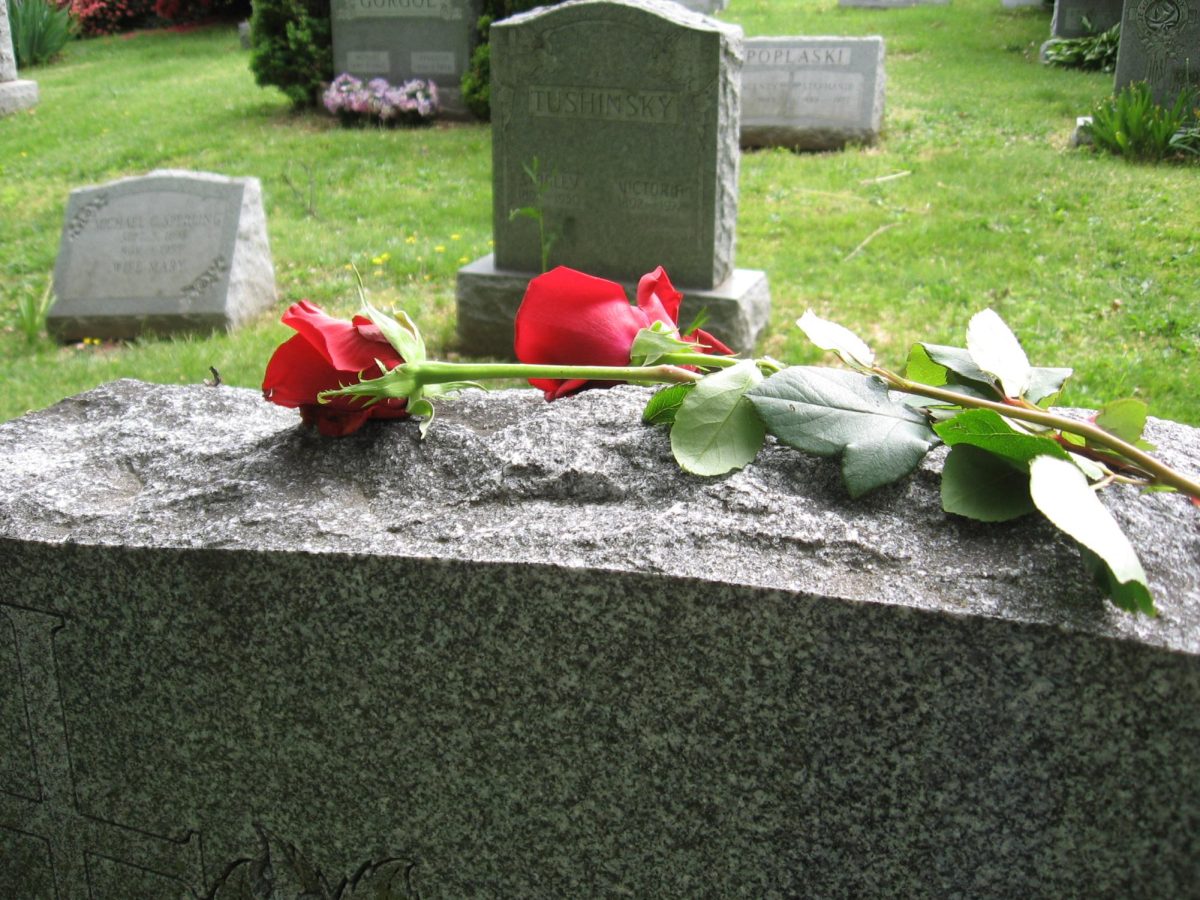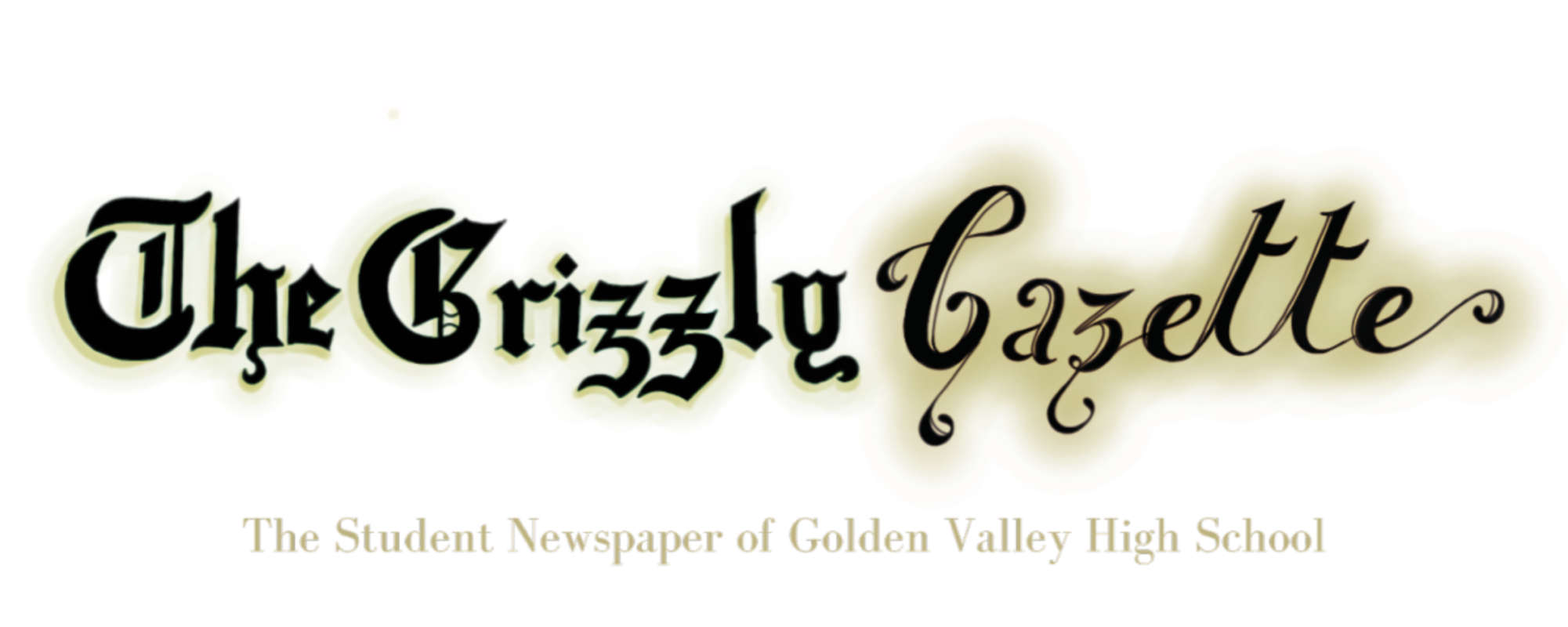Prevention of Targeted Campus Violence: Hart District’s Plan of Action

Community members gathered to discuss Hart District Strategic Plan
Announced on June 8, 2022, the William S. Hart Union High School District has released its official five-year Strategic Plan: reflecting the district’s core fundamentals and aiming to clarify the future direction of its schools. Approved by the Governing Board and constructed through the collective voices of students, parents, teachers, counselors, support staff, and community leaders, the district has chosen five main focus areas: Student Learning and Instruction, Safety and Wellness, Access and Equity, Financial and Human Resources, and Communication and Collaboration.
An interview conducted by SCVTV with the superintendent, Mr. Mike Kuhlman, reveals that this plan of action is long overdue. As a consequence of Covid-19, the project has been pushed back since March 1, 2020. The program will serve as an anchor to prioritize the district’s core values; “There are many things that have been, sort of, dumped on schools, and this responsibility that has been placed on schools move us away from, what I call, our fundamental purpose.” Throughout the years, protecting students from school violence has become prominent as one of those responsibilities.

As of August 22, 2022, the William S. Hart Union High School district has partnered with 3DK9 Detection Services to deploy firearm detection canine units in schools. In efforts to prioritize safety, this added layer of protection arises from “systematically identified evolving security needs,” according to the district’s Strategic Plan. Superintendent Mike Kuhlman has continued to elaborate on the plan’s emphasis on safety with an official statement found on the district’s official website on August 15, 2022. He highlights the protocol’s intention to “deter individuals from bringing firearms onto campus while also helping our students and staff feel more secure.”
The unit will consist of a uniformed handler and a trained dog with the ability to detect firearms and gunpowder. The canine team will assist in monitoring student arrival in the morning. Additionally, the canine unit will be used to search student parking lots and lockers for firearms. Each school site will be visited 10-11 times throughout the school year on a random basis.
Kaydence Dome, a junior attending Golden Valley High School, explains that she believes this course of action was taken due to “an uprising in school shootings and people bringing weapons to schools.” She shared her concern for potential holes in this added protection measurement. “I feel that it will be beneficial, especially with the inspections being conducted at random. But at the same time, I also feel like, what if they miss it on one of the other days? I think it is a good first step. But other schools also have metal detectors. I know that’s a bit extreme, but maybe that’s what we need in today’s society.”
There is no doubt that the need for such precautions only serve as further evidence of out-of-control gun violence: a huge problem that requires a creative and multifaceted solution. It is for this reason that Kuhlman added, “It is important to remember that no one strategy is a guarantee when it comes to school safety. The literature and the experts agree that a layered approach to school safety is the best course of action.” The literature he refers to, or more simply, evaluated existing research, recognizes that the goal of prevention occurs long before a person is on campus with a lethal weapon. A report to the district’s Governing Board, issued August 12, 2020, explains how precautions like “armed personnel, metal detectors and safe rooms all are predicated on the failure to prevent” and are only made to reduce impact – “reduce casualties.” To elucidate this, the district feels it is more effective to prioritize prevention versus protection, what to do so this doesn’t happen, versus what to do when this does happen.
“To be successful, you need tools. The gun detection canine units, I think, are a wonderful tool,” says Deputy David Martinez in an interview conducted with Golden Valleys’ on-campus officer. “They’ve been proven accurate and proven successful. As a responder to the Saugus incident, I can say that it is my worst nightmare. So anything we can do to minimize that risk, I’m all in.” Dogs have millions of olfactory receptors in their nose, allowing them to detect far more scents than most laboratory equipment can notice, according to studies provided by 3DK9, a canine patrol service. Dogs can pick up scents in the open air, detecting contraband from a long distance away. These canine units have gone through vigorous training and are fast and flexible enough to access areas where their handlers can’t.
So what happens when the system does work, and someone is found to be armed; what happens to the convicted? Deputy Martinez elucidated, “There’s a couple of factors to this. Was the gun loaded? What was found? The child’s history, were there any issues going on at home? I think the justice system will take a look at all of those factors and try to understand what the problem is. My job is to identify what’s going on, present that case, and let the justice system take over. My job is to detect and prevent.”
Lethal weapons like firearms have been the common denominator in many school violence instances, a horrifying yet objective reality of today’s world. School violence is a widespread issue that is only further agitated by the prevalence of guns and ease of access to weapons that makes it so much easier to occur. It requires a drastic change to the American consciousness about gun ownership and the mass organization of communities in order to act in any meaningful capacity. To change infrastructure in unison is to take action. With the new implementation of firearm detection canine units, the William S. Hart Union High School District takes a step toward making a tangible impact.
Isela Fisk is a staff writer for the campus news division of Golden Valleys' student newspaper. While her hyper-fixations range from animal crossing to multimedia design, falling into the niche rabbit holes of pop culture is arguably her special skill. As a senior, she was ecstatic to participate in her passion for journalism during her last year of high school. Her visionary perspectives have earned her recognition in the past for poetry and short story events. She firmly believes that her duty as a community-focused writer is to commit to truthful and thorough reporting as she grows inspiration from covering public issues.
Since age 14, becoming a contributor to the well-being of her community has always been a priority, donating her time to assist food pantries and homeless shelters. To shed light is to make a difference. This is the power journalism had always had for her; recognizing it when she understood journalists were the link between media and the public.
“It’s...




















